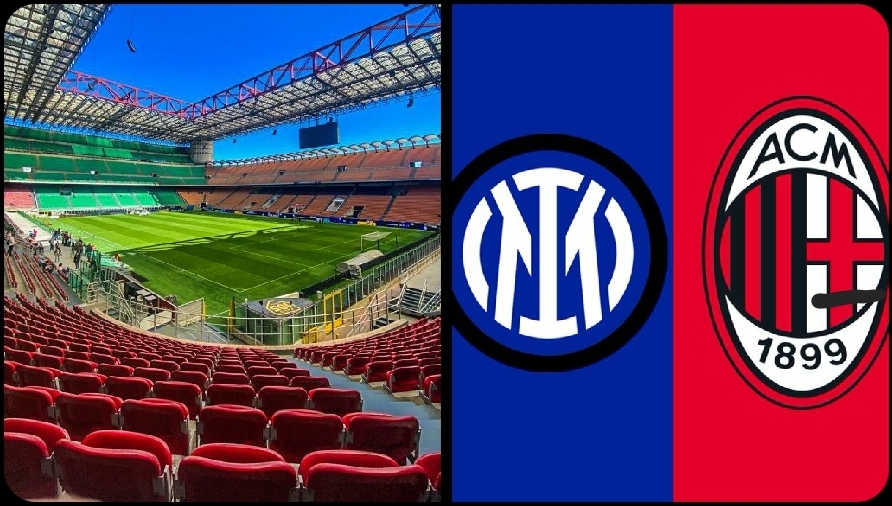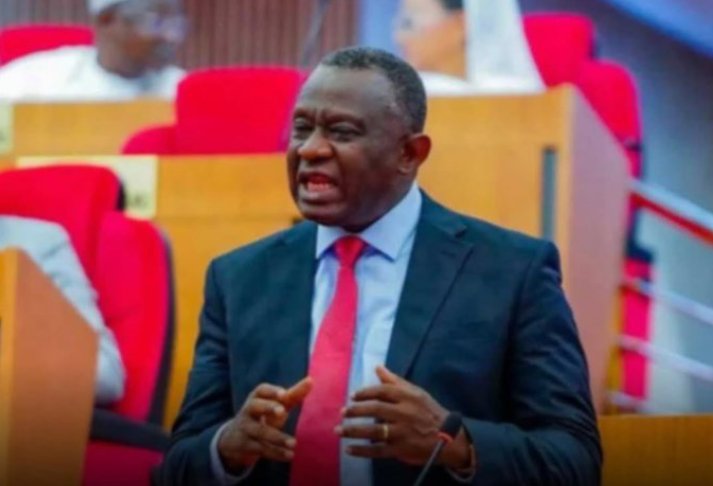

A piece of football history changed hands this week as the Milan City Council voted 24-20 on September 30, 2025, to sell the iconic San Siro Stadium for €197 million, ending nearly a century of public ownership.
Built in 1926 with a seating capacity of 75,817, the San Siro—nicknamed “La Scala del calcio”—has stood as a cathedral of football, jointly housing AC Milan and Inter Milan, and staging unforgettable nights from the 1990 FIFA World Cup to four European Cup finals. Yet, at 99 years old, the stadium’s crumbling infrastructure has struggled to keep pace with Europe’s modern footballing arenas.
Inter’s president Giuseppe Marotta laid bare the economic case: San Siro generates just €50–60 million annually, a fraction of revenues earned by rivals like Real Madrid and Bayern Munich. With plans already underway for a new €1.5 billion, 71,500-seat stadium by 2031, both Milan clubs expect to more than double their matchday income to over €100 million per year.
The council’s approval paves the way for redevelopment, but not without controversy. Heritage authorities had in 2020 classified only the 1926 remnants as architecturally significant, meaning 91% of the existing structure could be demolished. Preservationists argue that bulldozing San Siro risks erasing a cultural landmark, while others say clinging to nostalgia would cripple Milan’s ability to compete financially with Europe’s elite.
On social media, the divide is stark. Some fans lament losing the ground where Paolo Maldini, Javier Zanetti, and countless legends etched their names into football lore. Others accept the need for progress, pointing to data showing that Europe’s top clubs earn nearly three times more from modernized stadiums, while Italy remains an outlier with only 1% of its stadiums renovated in the last decade.
As Milan prepares to say goodbye to a cathedral of the game, the debate now shifts from sentiment to strategy: will tearing down San Siro be remembered as the loss of an irreplaceable monument—or the dawn of a new era where Milan’s giants finally reclaim their place among Europe’s financial and footballing elite?


